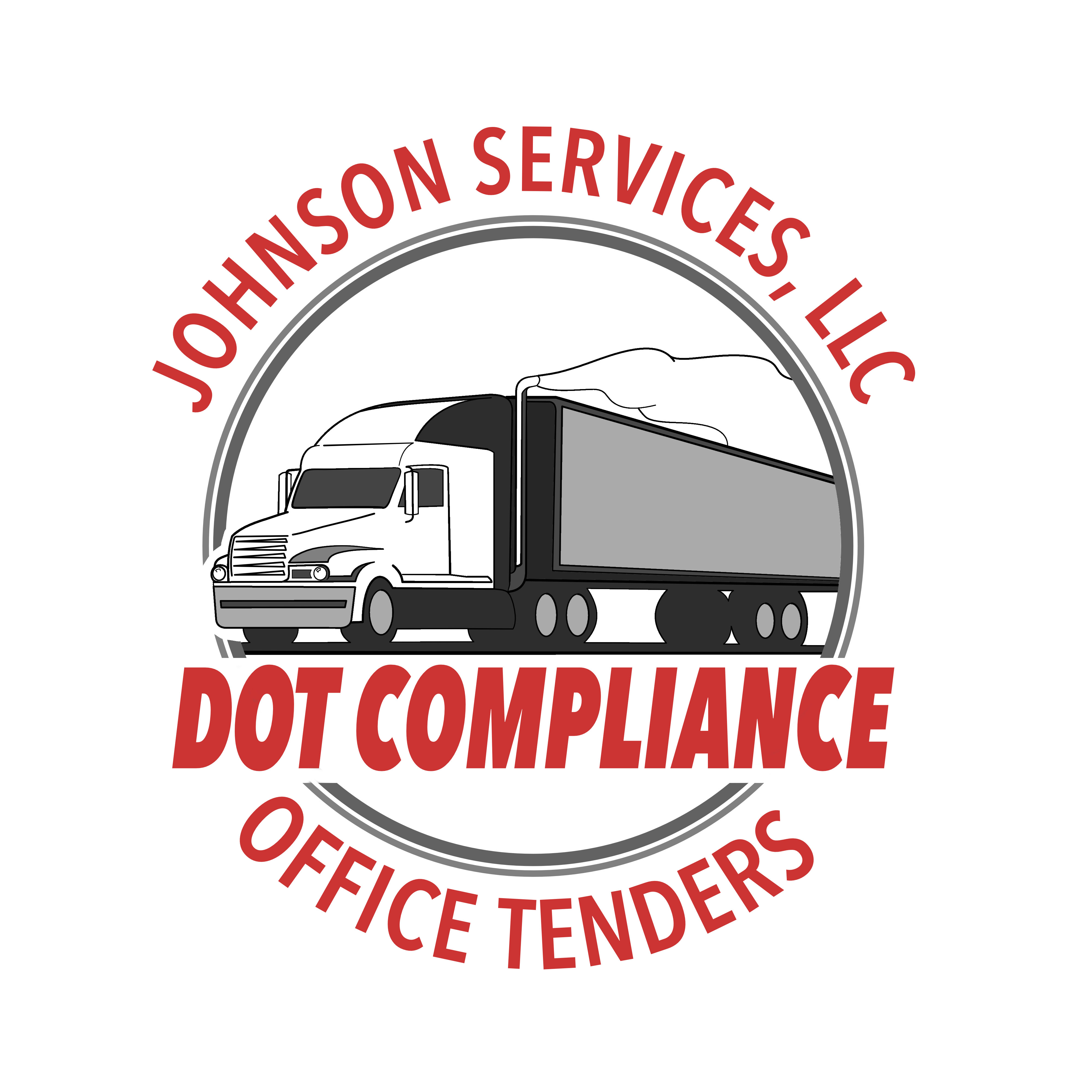Avoid Hefty Fines by Following Hazardous Materials Regulations
When a part of your business involves the transporting of hazardous materials, it is crucial that you fully understand all the regulations and procedures required by the Federal Motor Carrier Safety Administration (FMCSA). The fines for violating these regulations could cost you your business. It is your responsibility to ensure your drivers are up to date with the latest hazardous materials regulations.
Here are some tips and suggestions for avoiding large fines related to hazardous materials violations.
What are Your Responsibilities?
As a carrier or shipper of hazardous materials, not only do you need to properly train your drivers, you need to follow a strict set of procedures for the safe transport of certain materials. This includes, but is not limited to, the following steps and safety precautions:
- Identifying the hazardous material
- Finding the proper shipping name
- Following packaging requirements
- Using hazard warning labels
- Marking the hazardous materials
- Properly filling out shipping papers
- Training your employees
The specific regulations and laws regarding the shipping of hazardous materials are updated and expanded upon regularly. This means that the training and procedures that you put in place several years ago may no longer be up to date.
You should take the time to review the latest regulations and update your employee training as needed.
What is Considered a Hazardous Material?
The most important responsibility is identifying the hazardous materials. You need to correctly identify the materials, before you can label the materials, fill out shipping papers, package the cargo, or complete many of the other procedures for transferring hazardous materials.
Hazardous materials refer to all hazardous substances, wastes, pollutants, elevated temperature material, and other materials regulated by the U.S. Department of Transportation. The various hazardous materials are divided into different classes, for categorization. This includes:
- Class 1 – Explosives
- Class 2 – Gases
- Class 3 – Flammable liquid
- Class 4 – Flammable solids
- Class 5 – Oxidizing substances
- Class 6 – Toxic and infectious substances
- Class 7 – Radioactive materials
- Class 8 – Corrosives
- Class 9 – Miscellaneous dangerous goods
If you believe that the cargo you are shipping falls into any of those categories, it is your responsibility to correctly identify the materials and then complete the proper paperwork and other procedures.
What are Shipping Papers?
After identifying the hazardous materials, you can begin filling out your shipping papers. These shipping papers must be sent with the driver, before they depart with the hazardous materials. The information included describes the materials being shipped. This will include the name of the hazardous material, which class it belongs to, the identification number, and packaging group.
Filling out the shipping papers is just one of the many steps that are required, when shipping hazardous materials. As a business owner, you must follow these procedures to avoid paying hefty fines. A single civil violation could cost you $75,000. If the violation results in death, serious injury, or substantial property damage, this fine could jump to $175,000.
Avoid these fines by making sure you review all of the latest regulations concerning hazardous materials. Learn all the regulations, train your employees, and fill out the necessary paperwork.
When you need assistance with DOT required paperwork, including shipping papers, the experts at Office Tenders are available to help. Receive advice and assistance with the proper filing of hazardous materials forms by contacting Office Tenders today.

